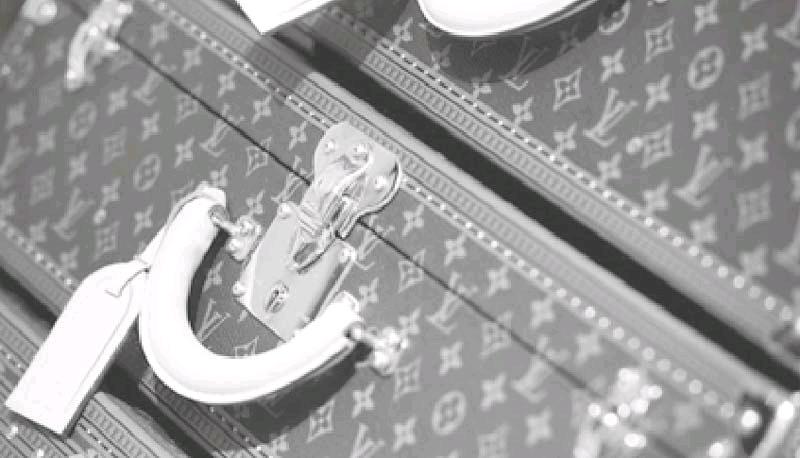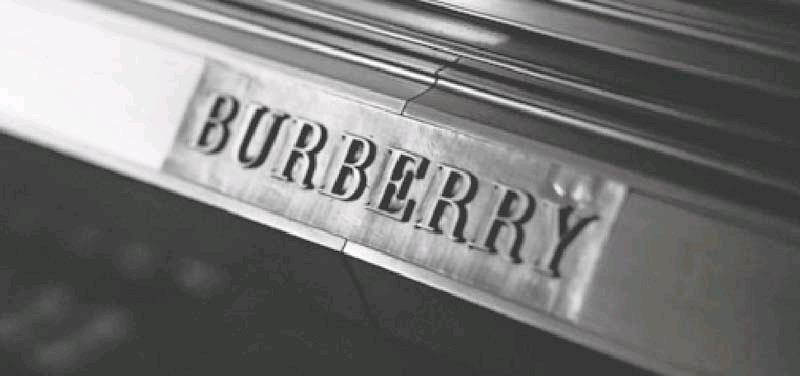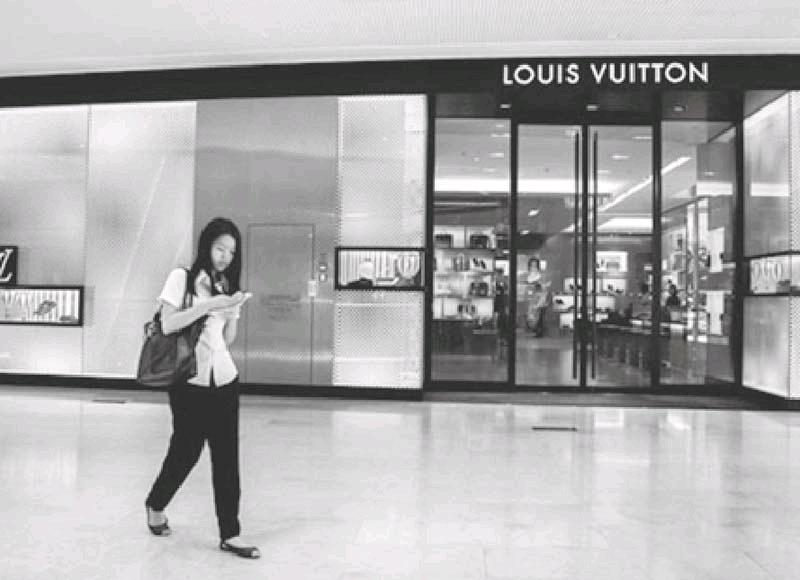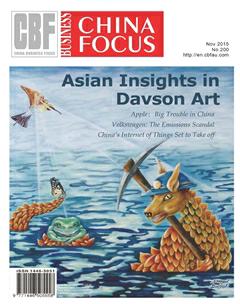China Slowdown’s Ripple Effects for Luxury Brands
Flattering Economy
China is facing an unprecedented economic slowdown. According to the National Bureau of Statistics (NBS), Chinas economy grew 6.9% in the third quarter of 2015, undershooting the governments targeted growth rate of 7% and making it the weakest annual growth in a quarter of a century.
The Chinese government expects the full-year growth to be 7% for 2015 and Chinas leaders are poised to lower their growth target for the next five years as they wrestle with challenges from rising debt to excess industrial capacity and bloated state enterprises.
Most economists say the growth target to be set at an annual average pace of 6.5% or less for 2016 to 2020,down from 7% the previous five years. Some even say the growth will slip below 4% year-on-year at some point during the next five years -- perhaps not a hard landing, but a hard bump for an economy that has averaged about 10% growth over the past three decades.
T h e f l a t t e r i n g economy is taking its toll on luxury retailers, as Chinese consumers, who have become the worlds biggest purchasers of luxury goods, cut back on spending.
Disappointing Sales
This year is challenging for luxury goods, given Chinas economic slowdown and stock market crash, as well as a sudden devaluation of the its currency Yuan in August , which roiled the global market.
Impacted by the ripple effect from Chinas economy, luxury goods sector has seen heavy losses amid heightened concerns over weakening demand.
On Oct. 14, British fashion house, Burberry Group PLC announced that its retail revenue had risen 2 percent to 1.2 billion US dollars during the first half of its trading year, missing analystsexpectations. A sharp slowdown in sales from China and Hong Kong are believed to be catalysts behind the brands disappointing financial data.
Burberry, which runs over 200 stores around the world, generates around a third of its sales from the Asia Pacific region and has a significant presence in China. The worlds second larg- est economy accounts for 30%-40% of the Burberrys total revenue.
However, the countrys economic slowdown, combined with a surprise devaluation of the Yuan this summer and the crackdown on gift-giving, dented demand for Burberry, especially in Hong Kong.
The fashion house said in July it suffered a ‘double-digit decline in Hong Kong sales in the three months to June 30 amid a ‘challenging luxury market as trading continued to be impacted by last years lengthy pro-democracy protests in the city.
Hong Kong is the traditional shop- ping destination for mainland Chinese. However, growing animosity among Hong Kong residents towards their mainland neighbours has also encouraged some Chinese tourists to shun the city.
Besides, currency moves have made alternative shopping destinations such as Japan, South Korea and Europe more attractive to Chinese consumers who are travelling overseas in ever greater numbers.
The two current bright spots in the luxury goods market are continental Europe and Japan, where Burberry has fewer shops.
Analysts at Bank of America Merrill Lynch said: “Burberry has underperformed the luxury sector by 10% in the last three months, partly due to its overexposure to Greater China.”
Burberry is not alone. Other luxury bands that placed a big bet on China and Hong Kong suffered losses over past months, such as luxury brand giant LVMH who owns 70 luxury brands ranging from wine and perfume to clothing and watches, including Louis Vuitton, Donna Karan, Tag Heuer, Moet and Marc Jacobs.
LVMH has almost as many stores in Asia as it does in Europe, which has exposed the company to the economic slowdown in China.
According to a report from Boston Consulting Group, Louis Vuitton has 50 stores in China, other iconic fashion giant Gucci, who alone has 70 stores in China, was also hit hard amid Chinas slowdown.
Over-exposure: Bad Strategy
Over-exposure is a bad strategy. In fact, there were times when China was the holy grail for global retailers. Logo-obsessed Chinese buyers seeking opulence were armed with cash fresh from the economic boom. Luxury retail brands flocked to the new market.
Data shows that during the period from 2008 to 2011, there was a 42% spike in the number of luxury retail stores in Asia, compared with a 28% rise in Europe and 5% rise in North America.
Some conclude that this storeopening frenzy was the cause behind luxury brands over-exposure, with too many stores and prohibitively high fixed costs.
As any Macau dice thrower will tell you, putting all ones money on red can be a dangerous game. Even before the recent Chinese market crash, Hermèswatch sales fell 11% in 2014.Guccis drop in sales was 7.9% in the first quarter of 2015. Louis Vuitton and Dior have both reported weaker demand.
Luxury sports car brand Maserati closed its showroom on Beijings Financial Street. Jaguar Land Rovers sales in China decreased 20% by March 2015.
Future in China: E-commerce
Opening more stores and building bigger inventory today can not boost sales growth for global luxury retailers today. They should amplify the stores through digital business models.
For too long, luxury brands avoided e-commerce, which proved to be a critical mistake in Asia. Asias e-commerce market is one of the largest in the world, with online sales reaching 525 billion dollars. It is expected to grow at an annual rate of 25%.
Instead of opening one physical location after another, luxury retailers could have profited by aggregating, distributing and optimizing their supply online.
In the current situation, they made themselves vulnerable to Chinese local brands with a strong digital presence such as Mitsukoshi and to retail aggregators such as Xiu.com and Alibaba -not to mention macroeconomic trends such as the current stock market bust and dwindling consumer confidence.
But the silver bullet for luxury retailers isnt e-commerce. Its redefining the business they are in.
With luxury consumption becoming global, digital and experiential, the role of luxury retailers irrevocably shifts from products to services and experiences. The core value unit that luxury retailers designed their businesses around isnt a luxury item anymore – it is seamlessness, convenience, speed and quality of personal service.
It is unlikely that digital pure players in the luxury space are going to feel the China slowdown on the same scale as their legacy counterparts. For example, global luxury fashion marketplace Farfetch doesnt own and operate a single store. The allure of Farfetchs business is that it created massive inventory without creating more products. It successfully decoupled supply from production.
There is a lesson for luxury retailers here. Farfetch is successful due to its seamless and quick delivery to consumers, regardless of their location. Legacy luxury retailers will have to find their own sweet spot, one brand at the time– the one that is critically and inherently related to their consumer behavior and their modern luxury lifestyles.
A modern luxury lifestyle drives Chinese people to spend a lot more outside China – a huge 50%. In Burberrys report, Japan had shown “excellent progress,” which suggests Chinas connection to luxury is still there, but dispersed around the globe.
Besides, consumers are becoming far more discerning and are looking for exclusive luxury products and one-off pieces that are original.
Fflur Roberts, head of luxury goods at Euromonitor International, said: “As brand visibility has grown, so brand cachet has diluted. Consumers are increasingly looking for exclusivity.”
Therefore, global luxury bands should step up efforts to maintain popularity, not just to open more stores. Getting to grips with a rapidly transforming consumer culture is also very important for luxury retailers.

